
Choosing the best car insurance coverage depends on your budget, driving habits, vehicle type, and risk tolerance. Here’s a step-by-step guide to help you make the right decision:
### **1. Understand the Basic Types of Coverage**
– **Liability Insurance** (Required in most states):
– **Bodily Injury Liability (BIL)**: Covers injuries you cause to others.
– **Property Damage Liability (PDL)**: Covers damage you cause to others’ property.
– *Best for*: Drivers on a tight budget who only want the legal minimum.
– **Collision Coverage** (Optional):
– Pays for damage to your car from an accident, regardless of fault.
– *Best for*: New or expensive cars, leased/financed vehicles (often required by lenders).
– **Comprehensive Coverage** (Optional):
– Covers non-collision damage (theft, fire, vandalism, weather, animals).
– *Best for*: Drivers in high-risk areas (theft, hail, wildlife).
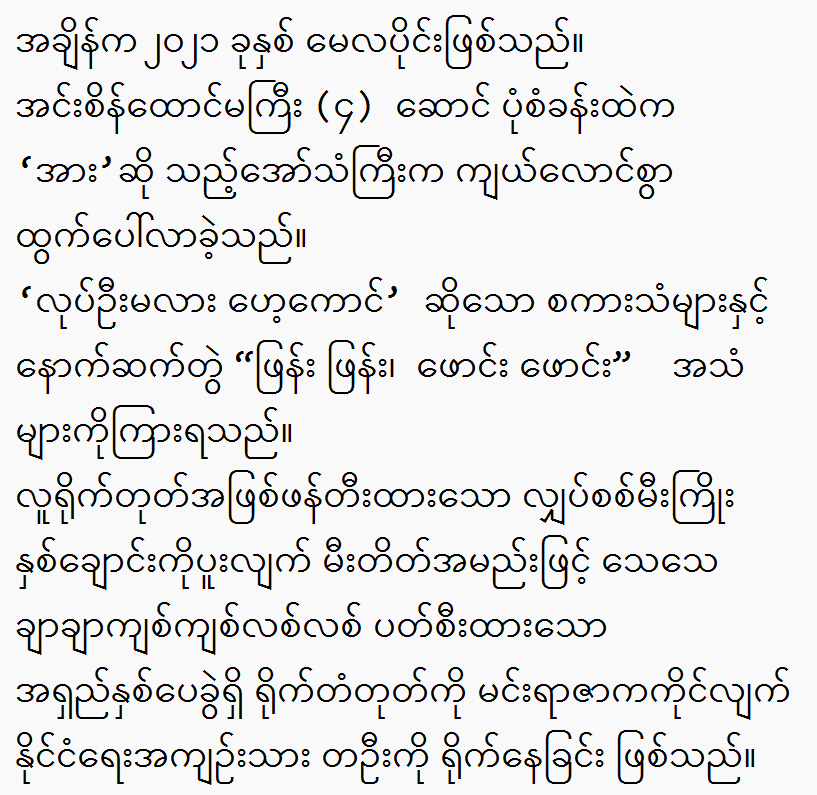
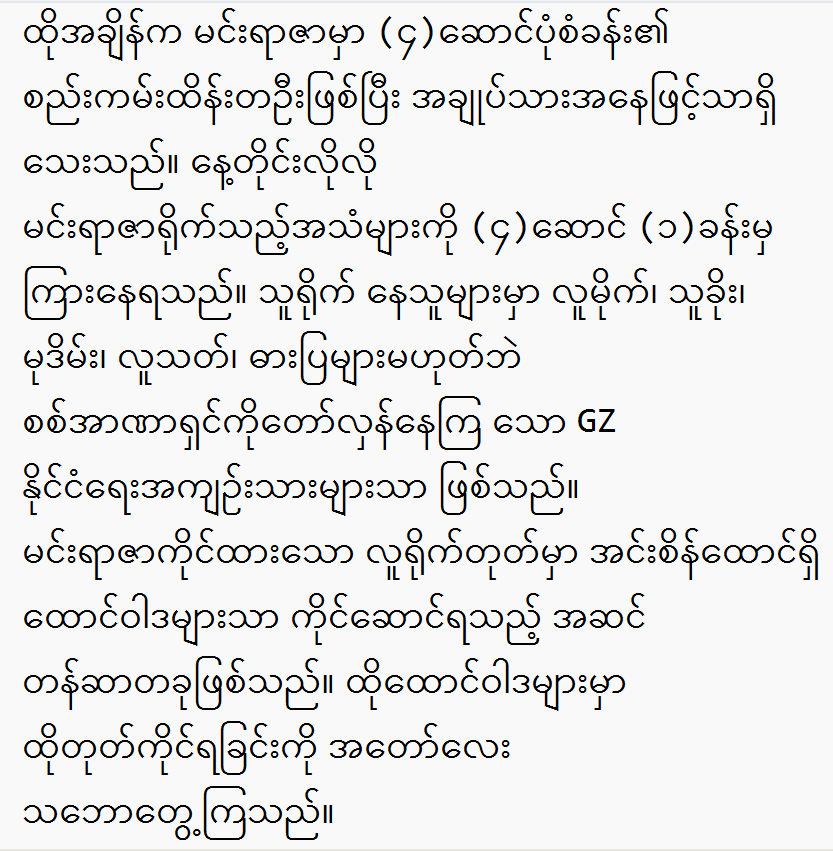
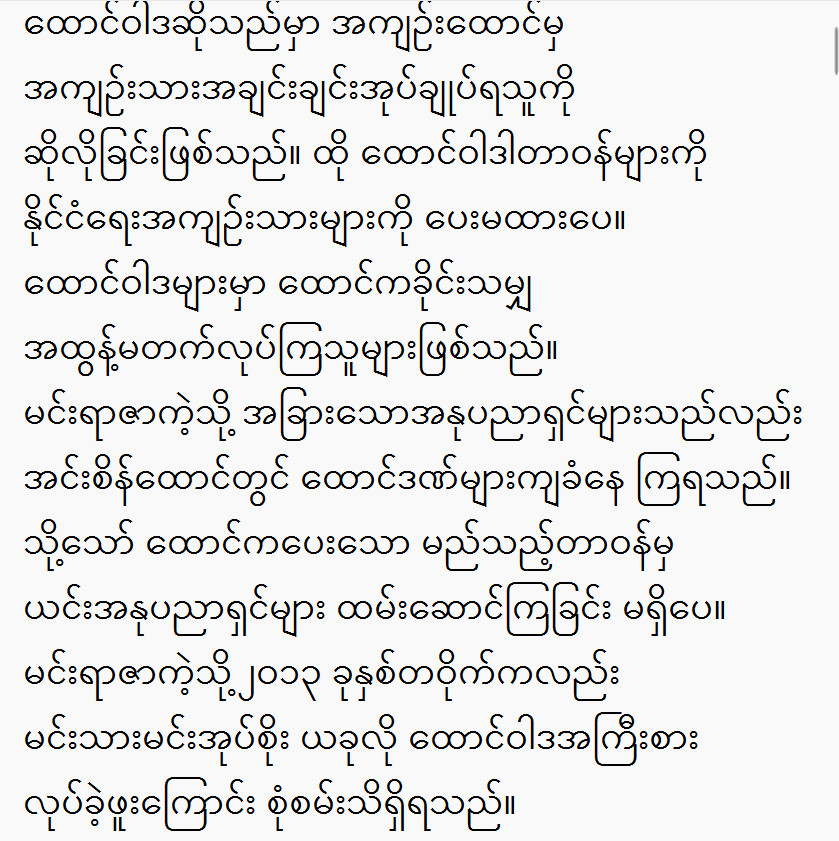

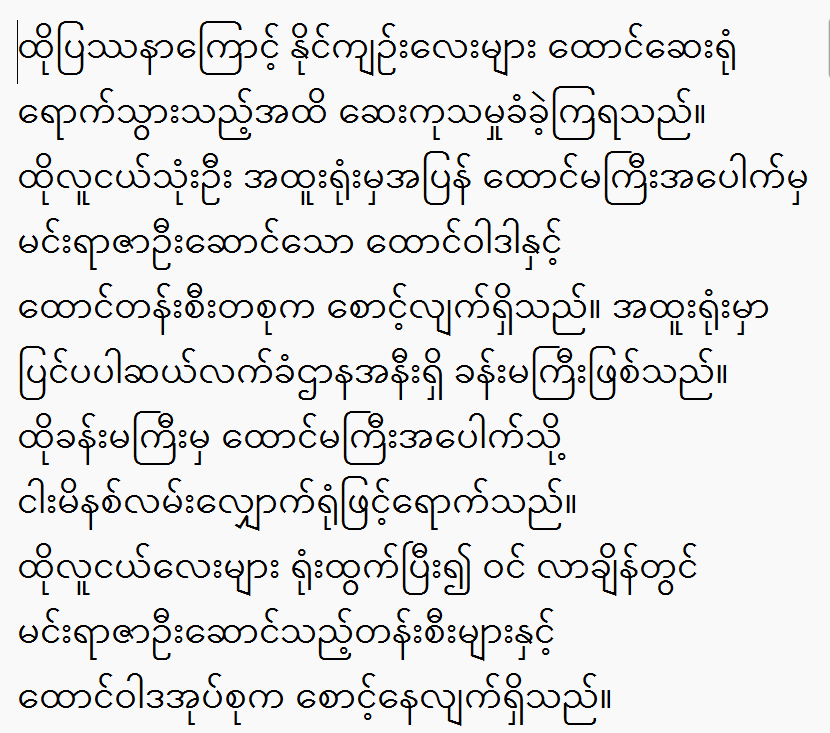

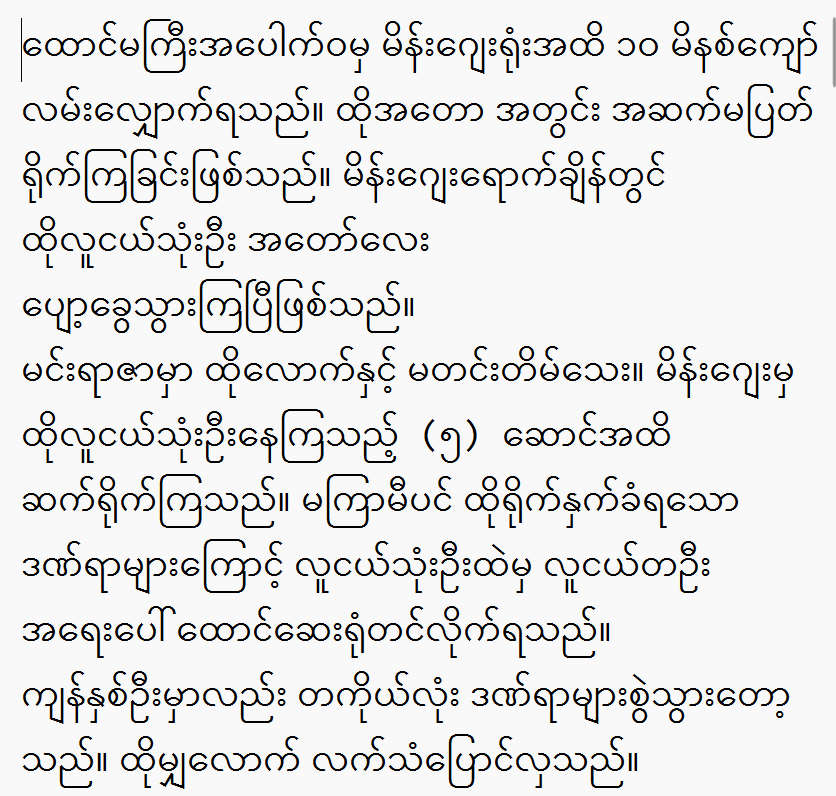
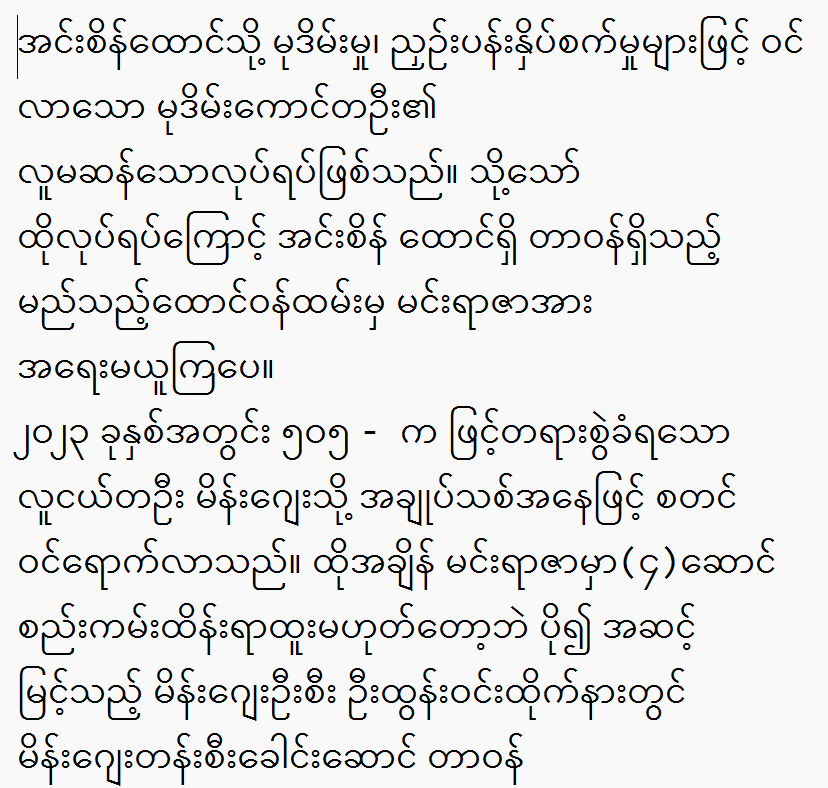
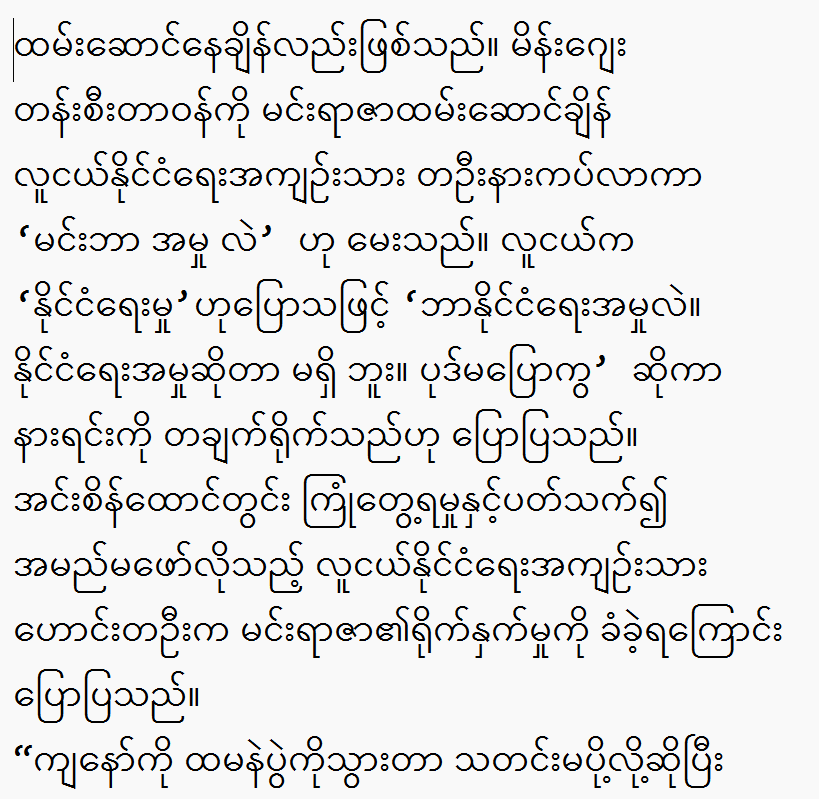
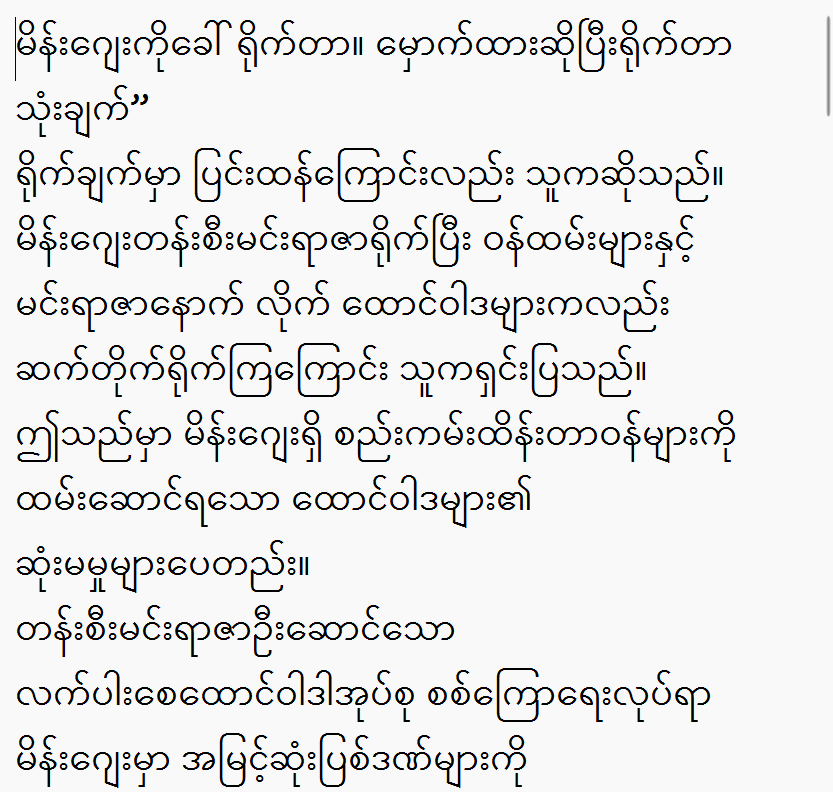


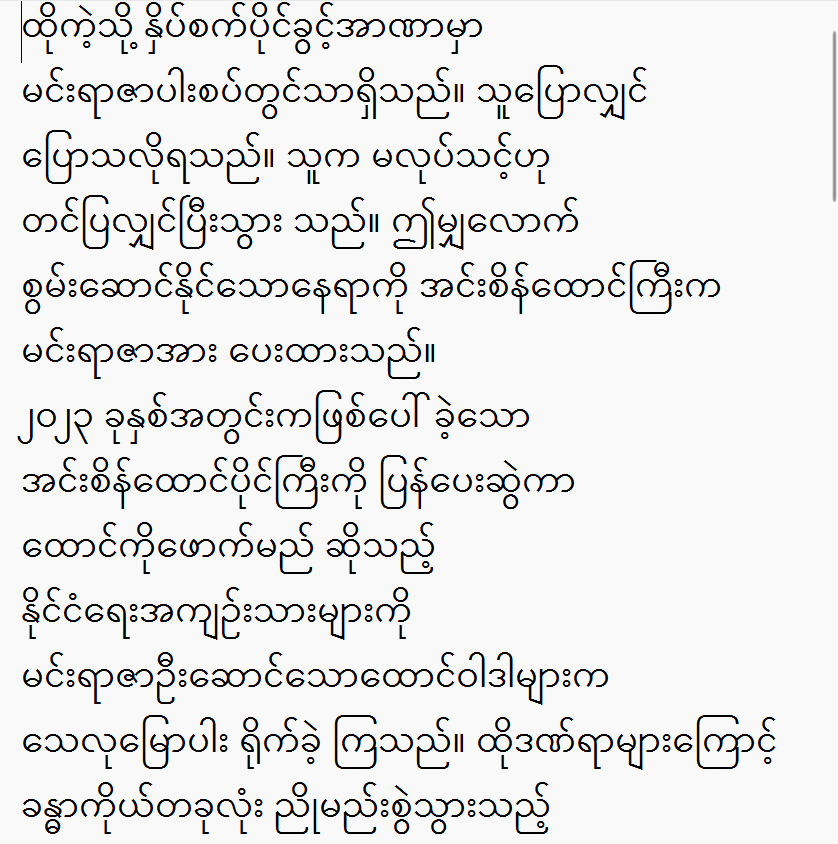
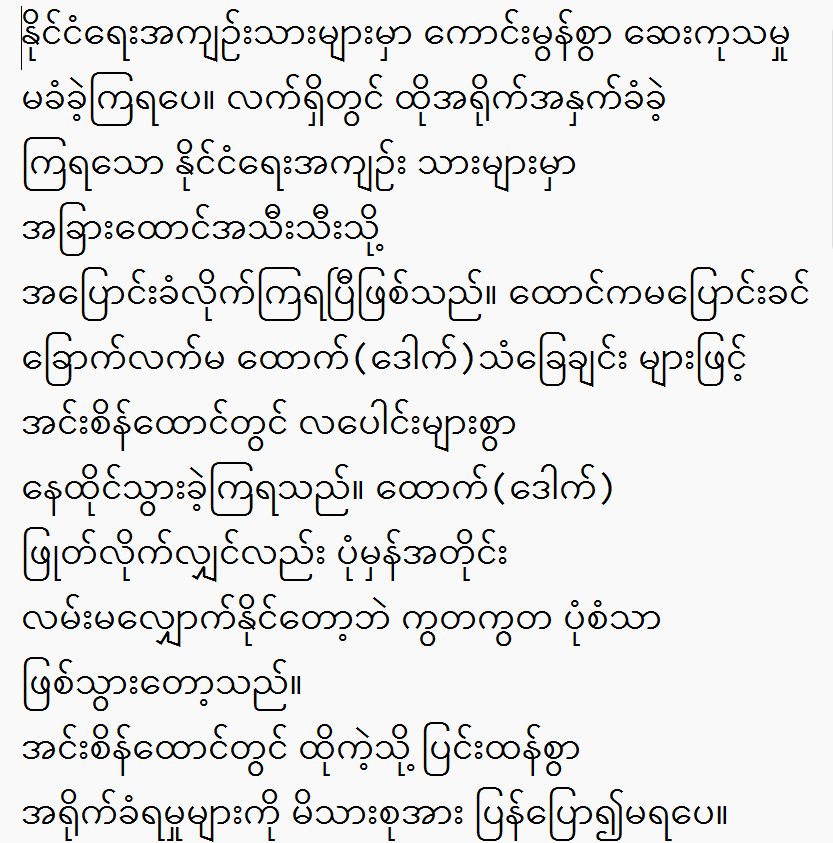
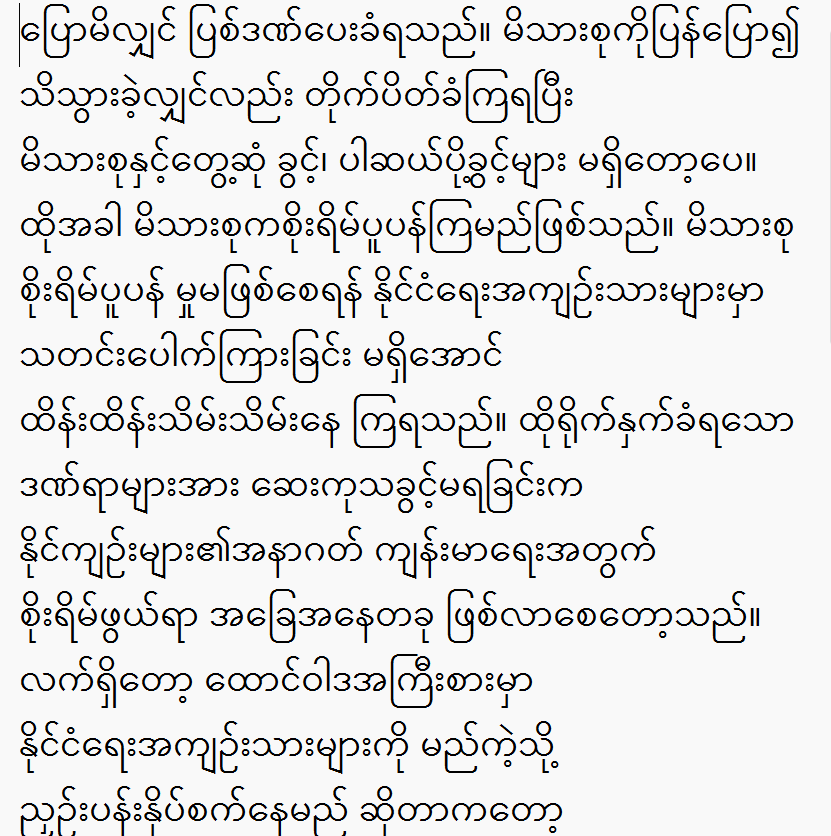
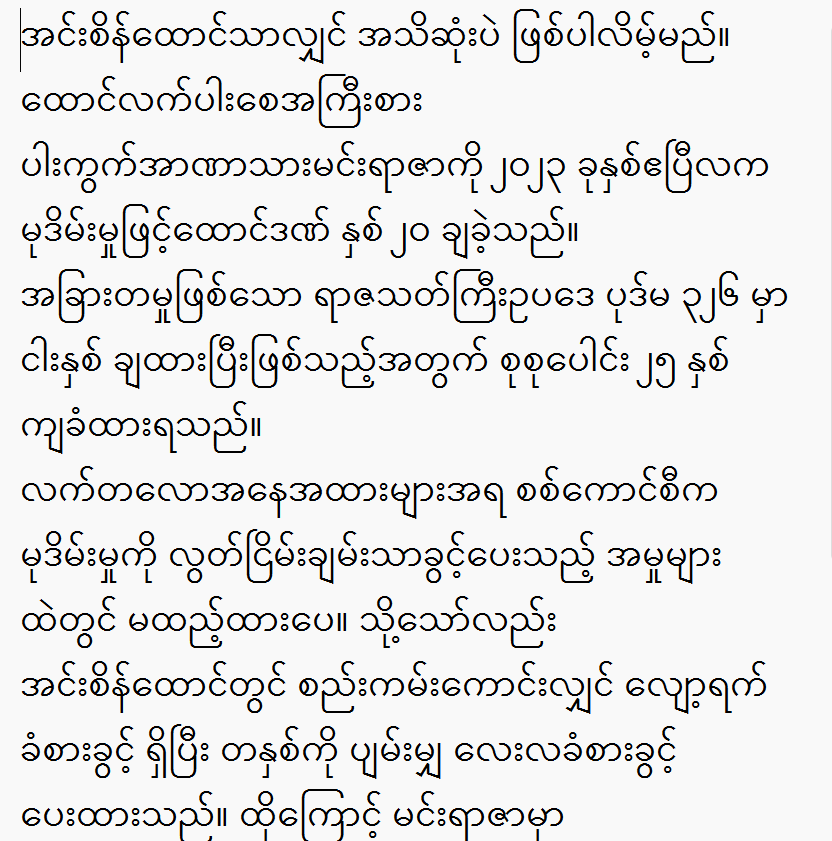

– **Uninsured/Underinsured Motorist (UM/UIM)**:
– Protects you if hit by a driver with no or insufficient insurance.
– *Best for*: Drivers in states with high uninsured motorist rates.
– **Medical Payments (MedPay) / Personal Injury Protection (PIP)**:
– Covers medical expenses for you and passengers after an accident.
– PIP (required in no-fault states) also covers lost wages.
– *Best for*: Drivers without health insurance or in no-fault states.
– **Gap Insurance**:
– Covers the difference between your car’s value and loan balance if totaled.
– *Best for*: Leased or financed vehicles.
### **2. Assess Your Needs**
– **Budget**: Can you afford higher premiums for better coverage, or do you need the cheapest option?
– **Car Value**: New or expensive cars need collision & comprehensive; older cars may not.
– **Driving Habits**: High mileage or frequent driving in risky areas may require more coverage.
– **State Laws**: Some states require PIP, UM/UIM, or higher liability limits.
### **3. Choose the Right Deductible**
– **Higher Deductible** = Lower premium (good if you can afford out-of-pocket costs).
– **Lower Deductible** = Higher premium (good if you want less financial stress after a claim).
### **4. Consider Add-Ons (If Needed)**
– Rental car reimbursement
– Roadside assistance
– New car replacement coverage
– Custom parts/equipment coverage
### **5. Compare Quotes from Multiple Insurers**
– Get at least 3-5 quotes from different providers (Geico, Progressive, State Farm, etc.).
– Check discounts (safe driver, multi-policy, good student, military, etc.).
– Read reviews on claims handling and customer service.
### **6. Review & Adjust Regularly**
– Update coverage if your car’s value drops significantly.
– Re-evaluate if your driving habits or financial situation changes.
### **Final Recommendation**
– **Minimum Coverage**: Only liability (if budget is tight and car is old).
– **Balanced Coverage**: Liability + Collision + Comprehensive + UM/UIM (best for most drivers).
– **Full Coverage**: All the above + low deductibles + add-ons (best for new/expensive cars).
Would you like help finding the best insurer based on your location and car details?